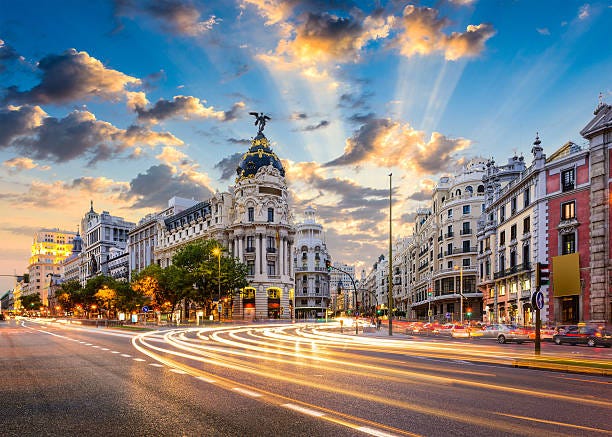
Movies in Spanish have a long and illustrious history, reflecting the diverse cultures, histories, and experiences of the Spanish-speaking world. From the golden age of Mexican cinema to contemporary Spanish filmmakers, the cinematic landscape in the Spanish language is vibrant and varied. This article explores the historical development, key filmmakers, notable films, and the global impact of Spanish-language cinema.
Historical Development
The Early Years
The Spanish-speaking world has been producing films since the early 20th century. The first known film made in Spain was “Salida de misa de doce del Pilar” (1897) by Eduardo Jimeno. Latin American countries, especially Mexico and Argentina, also quickly embraced the medium.
The Golden Age of Mexican Cinema
The 1940s and 1950s are often referred to as the Golden Age of Mexican cinema. During this period, Mexican filmmakers produced films that became cultural staples not just in Mexico but across Latin America and Spain. Directors like Emilio Fernández and actors like Dolores del Río and Pedro Infante became international stars. Films such as “María Candelaria” (1943) and “Los Olvidados” (1950) received critical acclaim and won international awards.
Spanish Cinema under Franco
In Spain, the film industry faced significant challenges during Francisco Franco’s dictatorship (1939-1975). Censorship was rampant, and many filmmakers were forced to work under strict government guidelines. Despite these limitations, some filmmakers, like Luis Buñuel, managed to produce groundbreaking work. Buñuel’s “Viridiana” (1961) is a notable example of Spanish cinema from this era that gained international recognition.
Key Filmmakers
Luis Buñuel
A pioneer of surrealist cinema, Buñuel’s work spans both Spanish and international films. His unique style and critical approach to social norms and institutions left a lasting impact on global cinema. Notable works include “Un Chien Andalou” (1929), “The Discreet Charm of the Bourgeoisie” (1972), and “Belle de Jour” (1967).
Pedro Almodóvar
Arguably the most famous contemporary Spanish filmmaker, Almodóvar’s vibrant and provocative films have garnered worldwide acclaim. His works often explore themes of identity, sexuality, and family. Notable films include “Women on the Verge of a Nervous Breakdown” (1988), “All About My Mother” (1999), and “Talk to Her” (2002).
Guillermo del Toro
Though known for his work in both English and Spanish, del Toro’s contributions to Spanish-language cinema are significant. His film “Pan’s Labyrinth” (2006) is a masterpiece that blends fantasy with the harsh realities of post-Civil War Spain, earning multiple Academy Awards.
Notable Films
“María Candelaria” (1943)
Directed by Emilio Fernández and starring Dolores del Río, this film is a classic of Mexican cinema. It tells the story of an indigenous woman facing prejudice and hardship, reflecting the social issues of the time.
“The Secret in Their Eyes” (2009)
An Argentine film directed by Juan José Campanella, this thriller won the Academy Award for Best Foreign Language Film. It interweaves a murder investigation with a poignant love story and commentary on Argentina’s political history.
“Roma” (2018)
Directed by Alfonso Cuarón, “Roma” is a semi-autobiographical film set in 1970s Mexico City. It received critical acclaim for its storytelling, direction, and cinematography, winning three Academy Awards, including Best Director and Best Foreign Language Film.
Global Impact
Spanish-language films have made a significant impact on global cinema, contributing to diverse genres and influencing filmmakers worldwide. Film festivals like the San Sebastián International Film Festival and the Guadalajara International Film Festival showcase Spanish-language films, promoting cultural exchange and international recognition.
Moreover, streaming platforms have made Spanish-language films more accessible to global audiences, further increasing their influence. Films like “Parasite” (though not Spanish) have shown that non-English films can achieve global success, encouraging audiences to explore cinema beyond Hollywood.
Conclusion
Movies in Spanish offer a rich and diverse cinematic experience, reflecting the unique cultures and histories of Spanish-speaking countries. From early pioneers to contemporary auteurs, Spanish-language cinema continues to captivate and inspire audiences worldwide. As the global appetite for diverse storytelling grows, the future of Spanish-language films looks brighter than ever.





